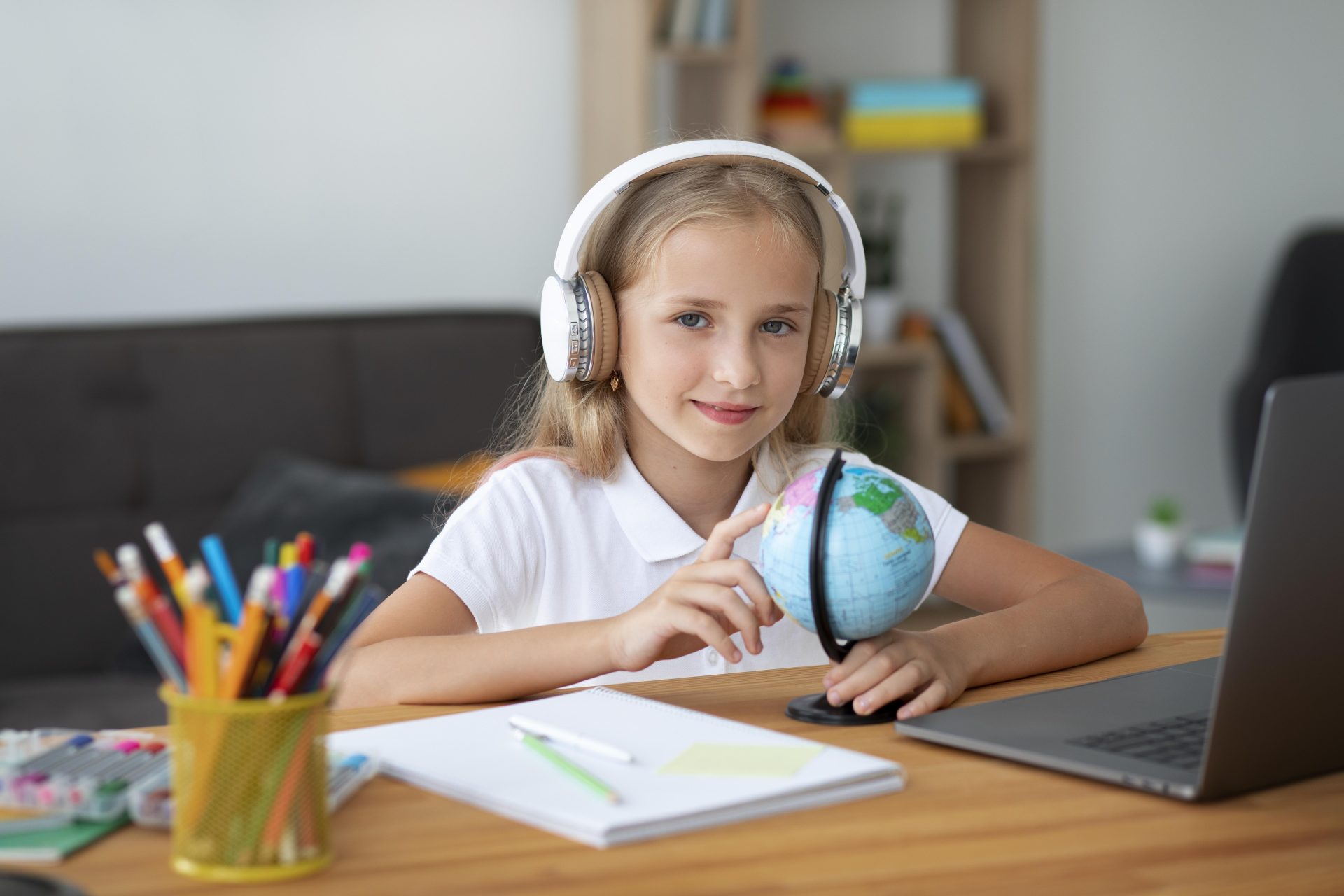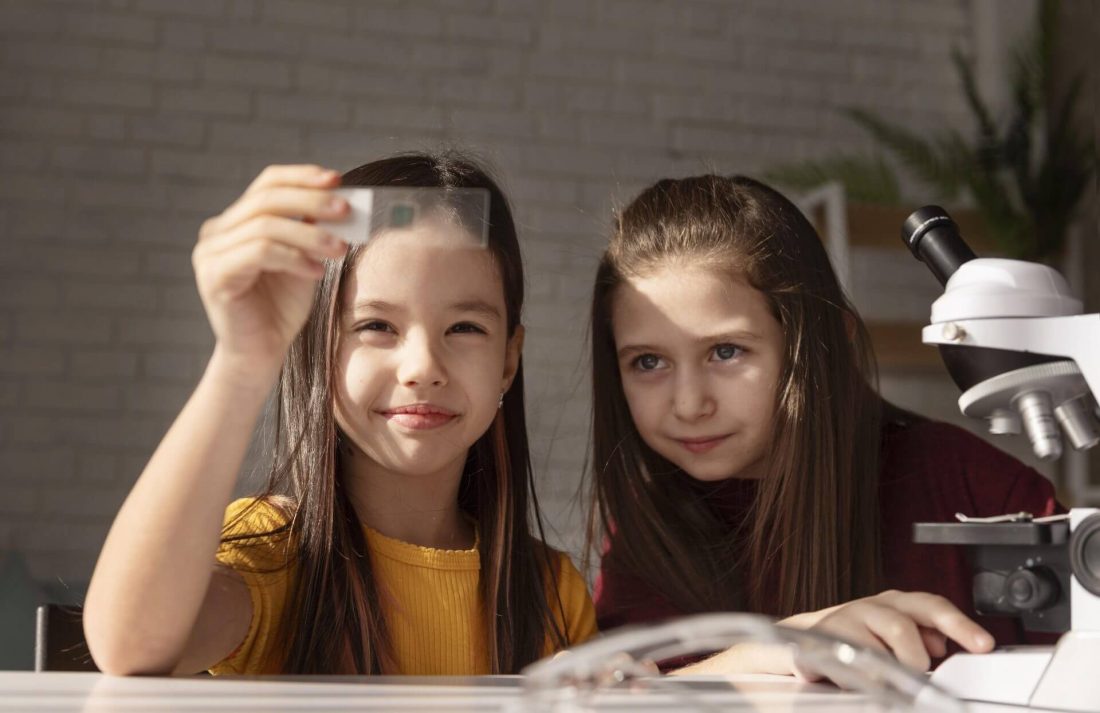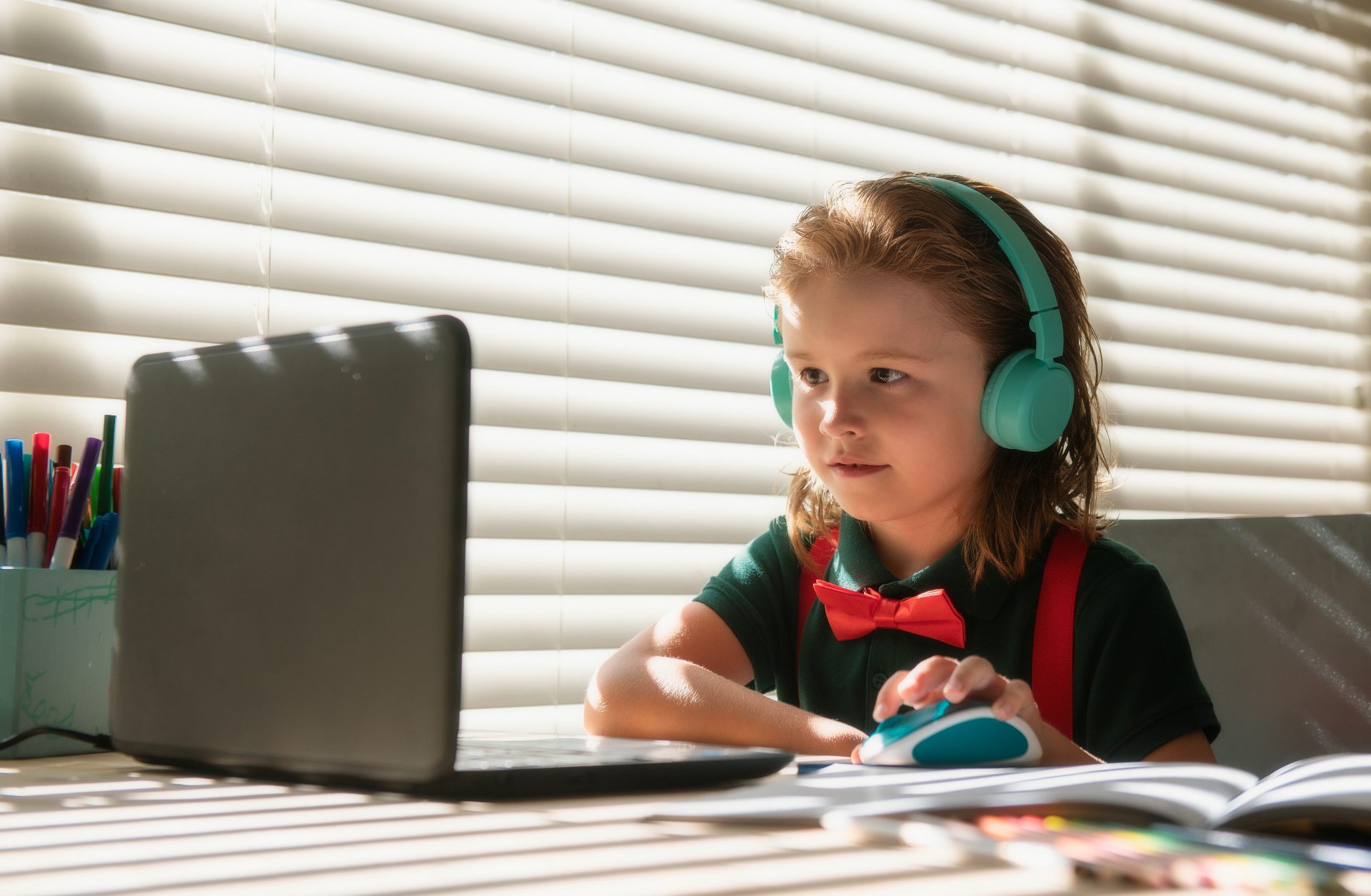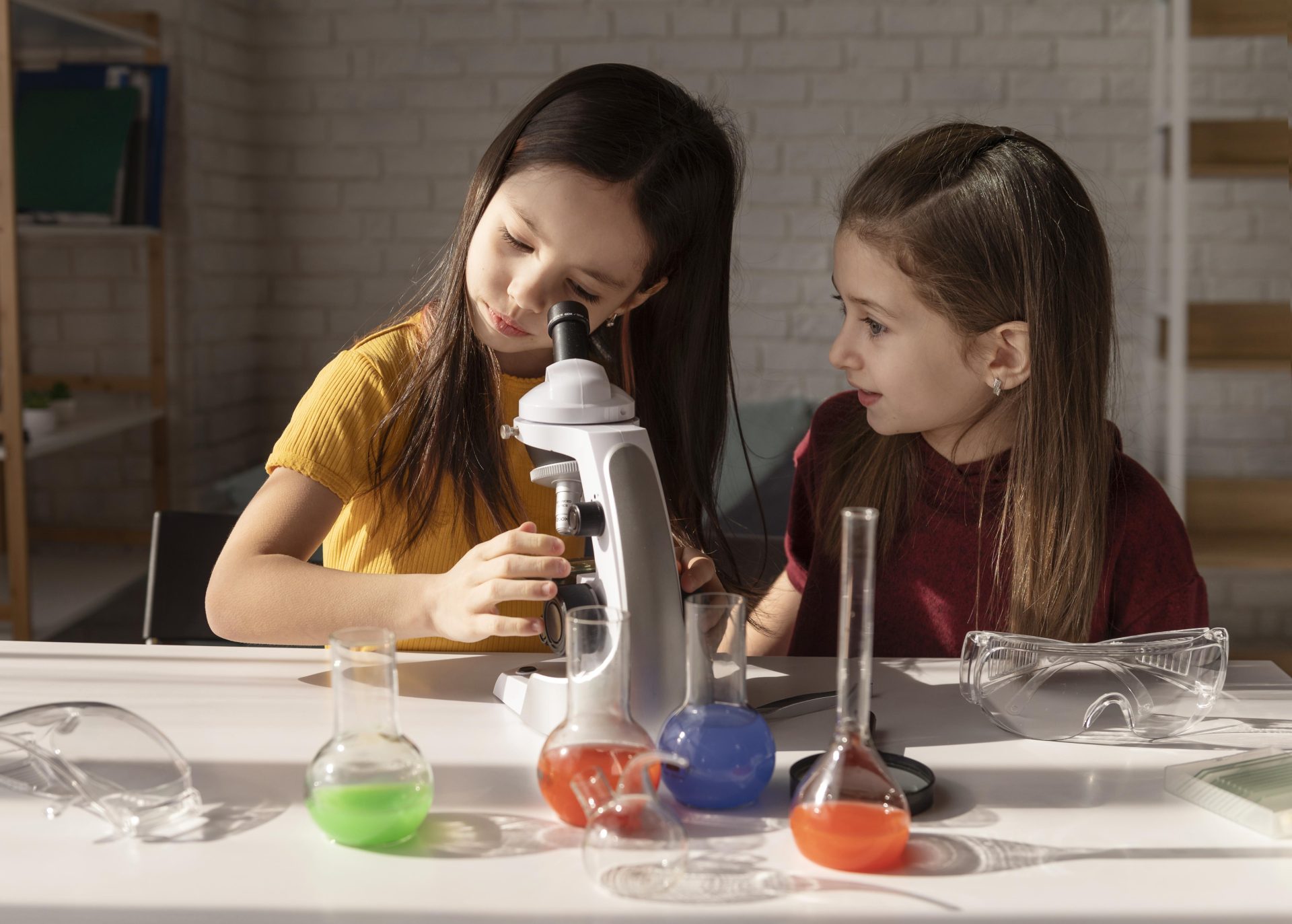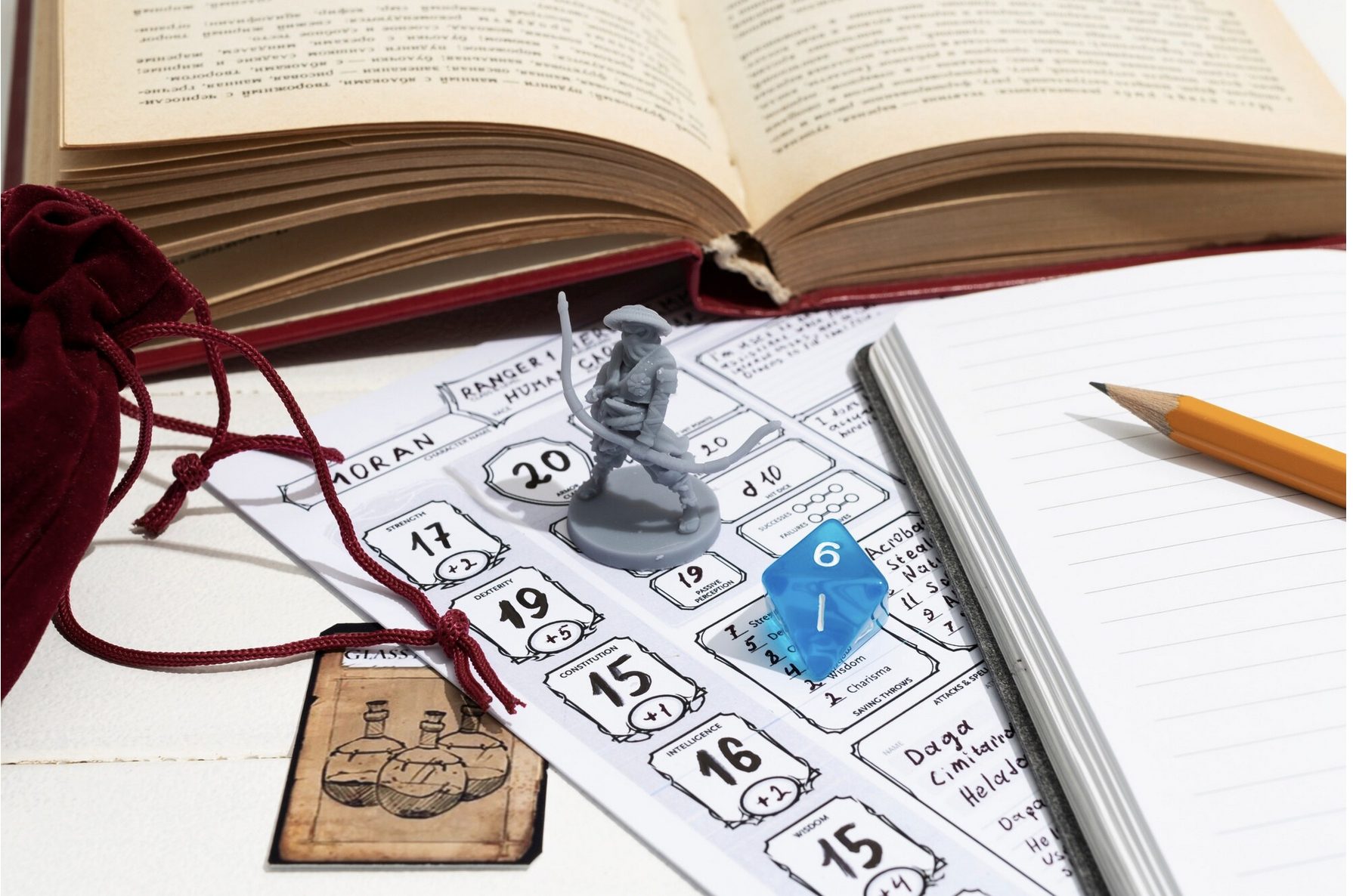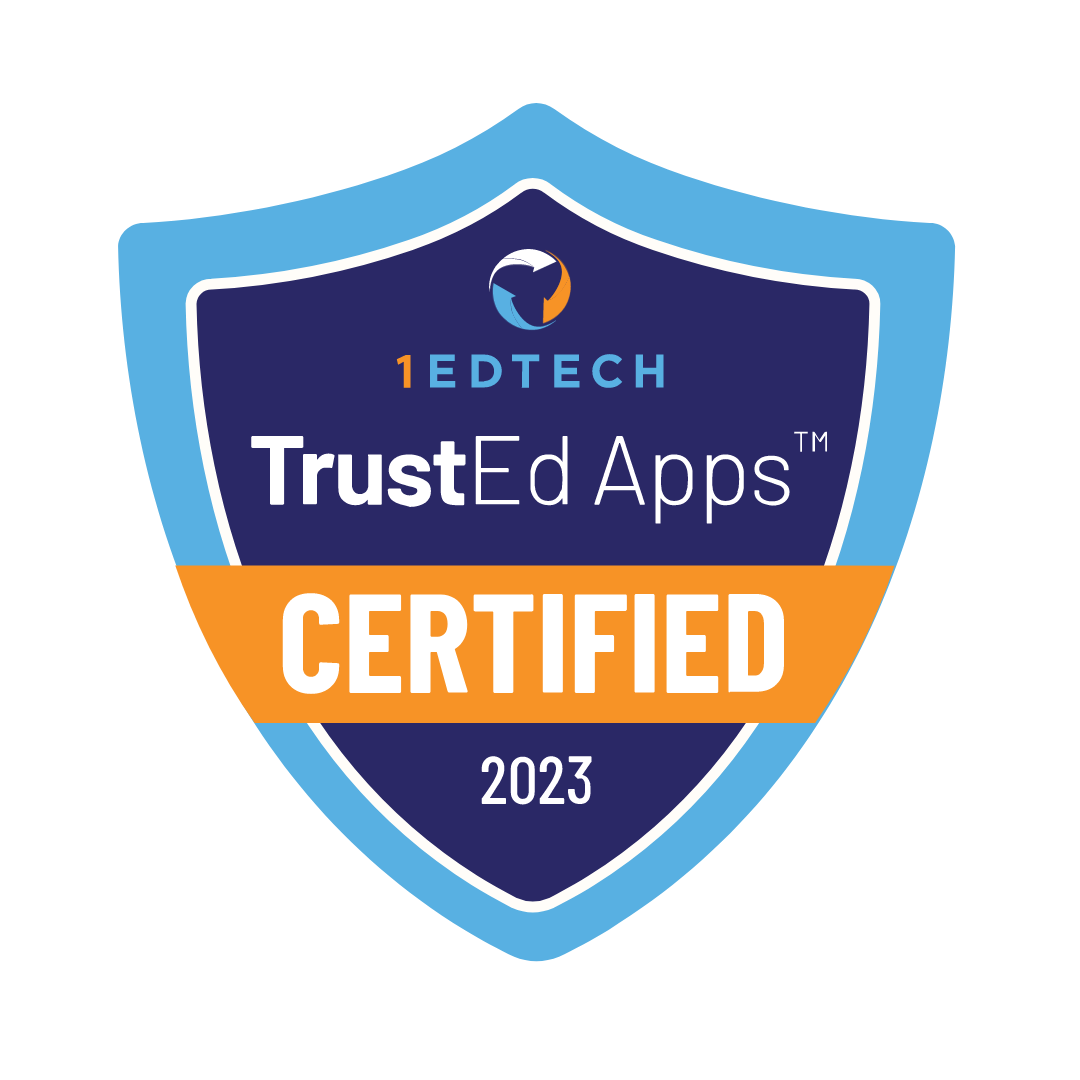Contents
School closings, virtual learning, and mask mandates caused many families to choose homeschooling in record numbers at the start of the 2020-2021 school year, according to the U.S. Census Bureau. History is one of the core subjects in elementary school curriculum. This subject needs to be integrated into the homeschool curriculum by parents thoughtfully.

First-grade history resources are tools and materials designed to teach young learners about communities, geography, and historical events.
What are the Best 1st Grade History Resources for Teaching Social Studies?
Let’s take a closer look at top tools for introducing history and social studies to first graders.

Top 5 Online Resources for 1st Grade History
Teaching history to first graders can be fun and educational with the right tools. Here are five great resources to make learning history exciting for young students:
- Legacy Online School offers an easy-to-follow and fun social studies curriculum for first graders
- National Geographic Kids offers articles, videos, and games, exploring history and geography in a kid-friendly way
- PBS Learning Media features simple explanations of historical events, famous people, and geography
- Smithsonian Learning Lab allows kids to explore history through interactive exhibits and collections
- ABCya! combines educational games with lessons about history and geography for young learners
How to Choose the Right Curriculum for 1st Grade History?
The curriculum would be most fitting for young kids with simple stories, colored visuals, and interactive activities. The curriculum includes themes, such as the local community, simple aspects of geography, and historical people of note. Learn more about choosing the curriculum for elementary school in this article.
Free Printable Worksheets and Activities for First Grade History
Printable worksheets help kids learn basic history and geography skills through fun activities. Maps with labels from 123Homeschool4Me show places and directions in a simple way. Timeline worksheets on Super Teacher Worksheets teach kids to put events in order and understand history better. Matching games from Twinkl make learning about famous people easy and fun. Coloring pages from Ducksters let kids be creative while learning historical themes.

How Can I Incorporate Geography into the 1st Grade History Curriculum?

“History was long regarded as the principal school subject in the field of human relationships. Increased attention to geography, the gradual separation of civics from history, and the introduction of sociology and economics into school programs made it necessary to think in terms of a group of social studies instead of the single subject of history”
American Historical Association
Here’s how geography can be integrated into a first-grade history curriculum.
Fun Geography Activities for First Grade Students
Directions can be learned by children through a simple scavenger hunt around the house or yard. Paper plate globes are an interesting way to make kids learn about continents and oceans. Songs related to a place or a landmark will make geography learning fun and quite memorable for children.
Integrating American Geography into 1st Grade History Lessons
Teaching about states alongside key landmarks makes history lessons more visual. Maps of early settlements show kids how geography shaped historical events. National parks introduce students to unique places across the country. Learning basic directions helps kids understand how geography affects daily life.
Using Maps and Globes in 1st Grade Geography Lessons
Bright maps make it easier for kids to find continents and oceans. Globes help children see how the Earth connects different places. Drawing treasure maps is a fun way for kids to practice directions and locations. Marking places where famous events happened links geography with history.
What Historical Topics Should Be Covered in 1st Grade History?
This is a look at key historical topics ideal for first-grade history lessons.

Key American Historical Figures for 1st Graders
Kids can learn about George Washington as the nation’s first leader. Harriet Tubman’s story shows children courage and helping others. Benjamin Franklin teaches kids about creativity and big ideas. Sacagawea’s journey introduces teamwork and exploration.
Important Holidays and Their Historical Significance
Lessons about Independence Day explain to children the start of America’s journey as a nation. Martin Luther King Junior Day teaches kids fairness and treating everyone equally. Thanksgiving shows children how people can work together and share. Presidents’ Day helps kids understand the importance of leaders.
Simple Civics Lessons for 1st Grade Students
Learning about the flag shows how symbols represent a country’s values. Discussions about voting teach kids the importance of everyone’s voice. Basic lessons on community roles, like firefighters or mayors, explain how teamwork builds a better place to live. Understanding rules helps kids see why they are important for fairness.
How to Create Engaging Activities for 1st Grade History and Social Studies?
Let’s look at ways to develop engaging activities for teaching history and social studies to first graders.

Hands-On Activities for Teaching American History
Kids build small models of landmarks to better connect with history. They enjoy creating crafts, like colonial hats or log cabins, for hands-on learning. Little learners can act out events like the Boston Tea Party to bring stories to life. Young historians love exploring colorful timelines to see how events happened in order.
Interactive Lessons to Make History Fun for First Graders
Kids play history-themed games, making learning exciting. They have fun solving simple puzzles about famous people and places. Little learners enjoy role-playing as explorers or pioneers to imagine the past. Students remember history better through songs about important events.
Using Literature to Teach History in 1st Grade
Kids love story books about historical figures making learning fun. Children can read books set in the past to picture life during those times. They enjoy drawing scenes from stories to connect literature and history. Students find biographies written for kids relatable and inspiring.
How to Use the Bible in 1st Grade History Lessons?
Kids can explore Bible stories to learn moral lessons and historical context. Children enjoy hearing about biblical events and their cultural impact. They love comparing biblical maps with modern ones to see real connections. Young minds find parables a fun way to learn storytelling and history together.



